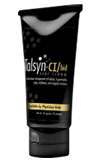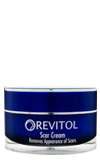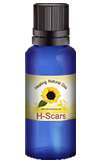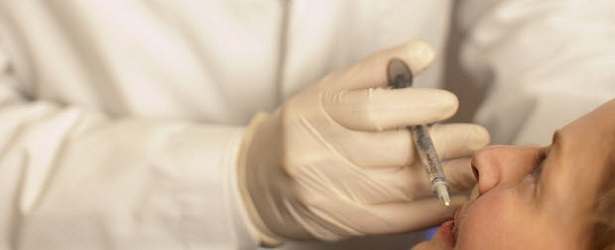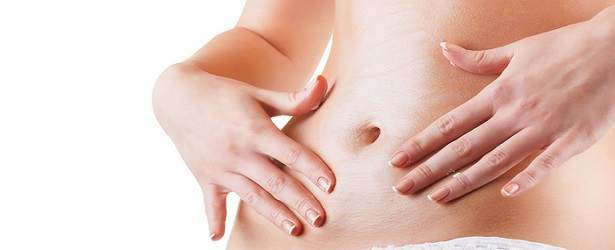
How to Restore Skin after Scarring
Restoring your skin after scarring is based on the same healing process that caused the scar to form in the first place. Skin is constantly shedding and regenerating on a daily basis. It is this process that helps you have fresh-looking, radiant skin. Without this, you would have very dry, flaky-looking skin. When you sustain an injury, have a piercing, or undergo surgery, your body produces collagen to heal the area, and this appears as a scar.
 Scars can be unique and have many sizes and shapes depending on your skin color, health, and what type of injury you suffered. Your ethnic and genetic background also dictate how you develop scars. If you have a darker skin tone, you may be prone to keloid scars, which are large, darkly colored scars. If you have a family history of keloid scars, you may get them too.
Scars can be unique and have many sizes and shapes depending on your skin color, health, and what type of injury you suffered. Your ethnic and genetic background also dictate how you develop scars. If you have a darker skin tone, you may be prone to keloid scars, which are large, darkly colored scars. If you have a family history of keloid scars, you may get them too.
Scars tend to start off very dark red and raised above the skin in the beginning of the healing process. They tend to flatten and fade on their own over time. The red color comes from the body sending lots of blood to the area to facilitate healing. Scar formation and healing can take up to 2 years. Scars then tend to turn a corner and begin to fade into the skin naturally.
There is one type of scar in which this process does not happen: keloid scars. Keloid scars do not stop the initial process and continue to redden and grow instead of fading away. They often grow beyond the outline of the original wound and continue to darken and become more raised above the skin. They can also become very painful and itchy.
The most common types of scars are caused by injuries, burns, surgery, and acne. Weight gain or loss can also cause a type of stress scar known as stretch marks. These occur in bodybuilding and pregnancy.
The Many Types of Scars
The most common scars are hypertrophic, atrophic, and keloid. Hypertrophic and keloid scars are red, pink, and raised above the wound bed. They are caused by any type of skin puncture or incision. Women often get them after piercings. They are caused by a severe overproduction of collagen sent to heal a wound. Proper wound care following an injury can help reduce these types of scars.
Atrophic scars are caused by acne and are often referred to as pitting scars. Chicken pox also causes atrophic scars, and these are referred to as pockmarks. Atrophic scars are usually caused from excess picking or scratching of the skin with these diseases. Proper treatment during the course of the disease can help reduce the incidence of these types of scars.
Is it Fact or Fiction that Scars can be Removed?
 There are medical studies on certain scar treatments to prove or disprove scar removal effectiveness. The studies found that vitamin E alone does not have much impact on scars; however, aloe vera is a powerful anti-inflammatory that can reduce the redness of scars over a period of time. Silicone gels can form a moisture barrier and help exfoliate old tissue and regenerate healthy skin cells.
There are medical studies on certain scar treatments to prove or disprove scar removal effectiveness. The studies found that vitamin E alone does not have much impact on scars; however, aloe vera is a powerful anti-inflammatory that can reduce the redness of scars over a period of time. Silicone gels can form a moisture barrier and help exfoliate old tissue and regenerate healthy skin cells.
The popular silicone sheets are easy to use and show some effectiveness but not as much as silicone gel with nutrients that nourish the skin and encourage new skin cell growth. Lastly, surgery can be helpful with keloid scars, and lasers are effective on hypertrophic and atrophic scars, helping smooth and flatten the skin.
The most effective scar treatment is preventing scars from forming in the first place. Practice good wound care at the time of injury, and after the wound closes, apply a good silicone barrier with added nutrients to finish proper healing.
TOP 5
SCARTreatments |
|||||
| Scarinex | Talsyn-CI | Kelo-cote | Revitol | H-Scars | |
|---|---|---|---|---|---|
| 1 | 2 | 3 | 4 | 5 | |
| Price (1 bottle) Price (4 bottles) Best Value |
$49.95 $139.70 |
$39.95 $239.70 |
$99.99 $599.94 |
$39.95 $239.70 |
$69.95 $419.70 |
| Overall Rating | 99.40% | 82.20% | 74.90% | 70.30% | 67.60% |
| Performance* |





|





|





|





|





|
| Speed of Results* | Extremely Fast | Good | Average | Slow | Slow |
| Quality of Ingredients | Premium | Good | Average | Average | Unknown |
| Customer Satisfaction Evaluation | 99% | 80% | 70.60% | 68% | 65% |
| Safety Evaluation | Safe for Use | Safe for Use | Safe for Use | Safe for Use | Safe for Use |
| Customer Service Rating |





|





|





|





|





|
| Reorder Rate | Highest | Good | Average | Average | Average |
| Return Policy | Risk Free | Risk Free | No Guarantee | Unopened Only | Risk Free |
| Success Rate | 99.20% | 81% | 72% | 69.30% | 66.10% |

 Subscribe Now
Subscribe Now
